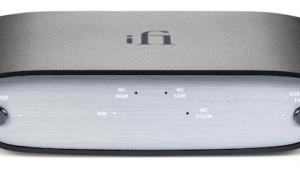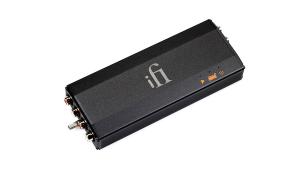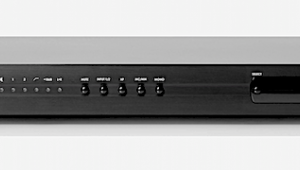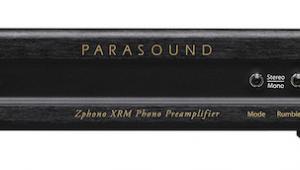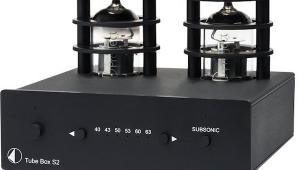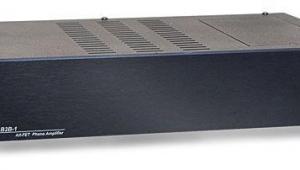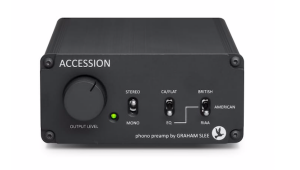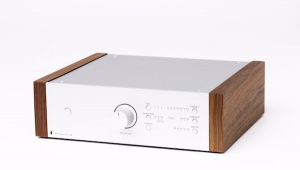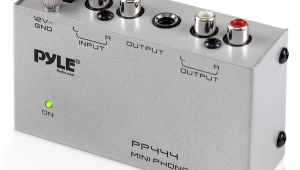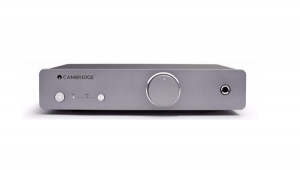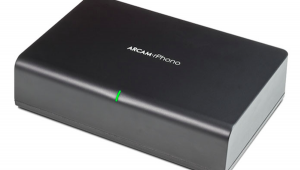Lejonklou's Smooth Sounding Gaio Moving Magnet Phono Preamplifier
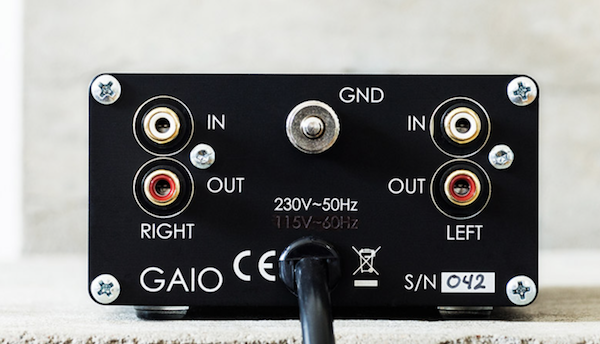
In April of 2018 Mr. Lejonklou upgraded the Gaio to the Gaio 2. However I’d bet the 2 is similar to the Gaio, just better, not likely worse. The Gaio itself replaces the KINKI3. The original intent was for the Gaio to be the KINKI4 but too much had changed.
Since Gaio has gone to Gaio 2 and not to KINKIBOOTS or something, it’s probably more similar to than different from the original. Note: American importer Nokturne Audio’s website doesn’t show the Gaio 2 so perhaps it’s been delayed after its introduction. The Gaio price on the website is $895 (Lejonkou also offers the Slipsik 6 at $1495). You can find more details about the design philosophy and parts used on the Lejonklou website. Mr. Lejonklou designs, but the products are manufactured elsewhere (nothing unusual there). Here’s a photo showing multiple Gaio 2 circuit boards. You can easily see that it’s a “dual mono” design:

If you like “fiddling”, you are out of luck here: the Gaio is strictly “plug’n’play”. Gain is 40dB, input impedance is the “standard” 47kOhms and capacitive loading is fixed at a low but very reasonable 80pf. Cable capacitance will add a certain amount per foot and this is less critical on the low side than on the high, where highs can roll off and you can always add capacitance but you can’ subtract it! You can’t even change power cords. The Gaio is hard wired, which is probably a good thing at this price point and it allows for a compact single-box design that’s approximately 4” wide, 2” tall and 7” deep.
The back panel features a ground lug plus signal “in” and “out” RCA jacks, a pair on each side. Note: both left and right channels feature red and white jacks because according to Mr. Lejonklou, he likes the sound of these and the manufacturer refuses to make them in black. So both outputs are red and both inputs are white.
Among the LPs I used for the audition were three AAA albums: a 1988 Harmonia Mundi album Mozart Horn Concertos ((HMU 7012) engineered by Wilson Audio’s Peter McGrath and mastered by Doug Sax, Soul Journey (Acony ACNY-0305LP) a just reissued on AAA vinyl for the first time Gillian Welch album and Yarlung’s live to tape recording of the Yuko Mabuchi Trio Vol. 1 (Yarlung YAR 88157-161V 45rpm).
The cartridge was the recently reviewed $299 Sumiko Moonstone. As a reference (and reality check) I compared the Gaio to the Doshi Audio V3 phono stage ($16,995) as well as the closer in price ($1450) Graham Slee Accession, which also includes a volume control and can be used as a preamplifier connected directly to a power amplifier, though of course I used its fixed output.
The Gaio’s overall sound was sweet and “feathery” much like the cartridge with which it was paired. The natural horn played by Lowell Greer has a warm, but airy tonality that the Gaio well-captured, though there was more air to be had from the $16,995 phono preamp (no surprise) both from the instrument and in the surrounding space, but given the price what the Gaio managed in terms of avoiding both lower midrange “stuffiness” and transient “etch” impressed.
So the strings were also pleasing both timbrally and texturally, spread stably across San Francisco’s Lone Mountain College Chapel’s stage, with the horn equally well presented between the Philharmonia Baroque Orchestra. Mostly what was lacking compared to the far more expensive phono preamp was air and the sense of the chapel’s space but considering the price differential, so what? What this modest combo (cartridge and phono preamp) produced bettered in many ways any digital front end you could name, especially in smooth, long term listenability and musical flow.
Not surprisingly the Welch record sounded, inviting, with her voice appearing naturally and effortlessly between the speakers. As a tonic for the digits at any price, the Gaio and Moonstone combo soothes, engages, connects, involves, relaxes and energizes, which is what music itself is supposed to do (among other things).
The Yarlung recording was done using a single AKG C24 stereo tube microphone. It’s capable of re-creating the live hall space and placing the piano in thrilling 3D relief. The $16,995 phono preamp gets it all. The $895 one at best suggests it, but while listening and enjoying you don’t really miss what you’re not getting. To me that’s the sign of a well-designed piece of audio gear.
The top isn’t as airy and can be, the bottom, while very well extended (surprisingly so when I played Dafos [Reference Recordings RR-12] with Mickey Hart, Airto and Flora Purim, a record that, to use a tired cliché [because, why not?] plumbs the sonic depths), doesn’t hit rock bottom with full intensity and dynamics are not fully expressed. Spend a great deal more and you’ll hear blacker backgounds but use the Gaio in an appropriately prices system and you’re probably not missing any or much of what the assemblage can do in the first place!
Put the Moonstone on moderately priced turntable, plug it into the Gaio and if you’re new to playing records you’ll quickly know what it’s all about (and more). The Gaio 2 is probably much like the Gaio but incrementally better (I’d hope quieter for one thing).





